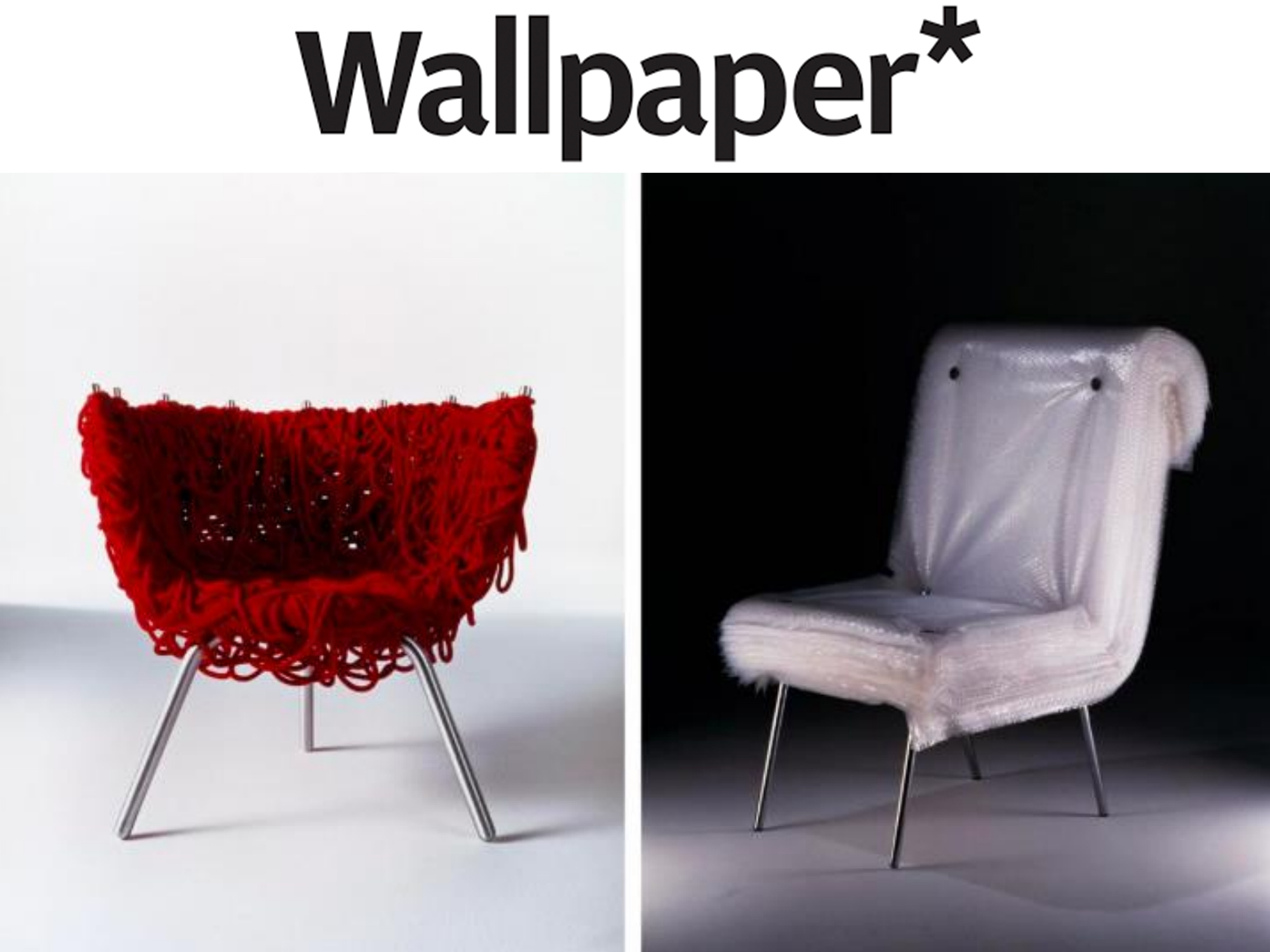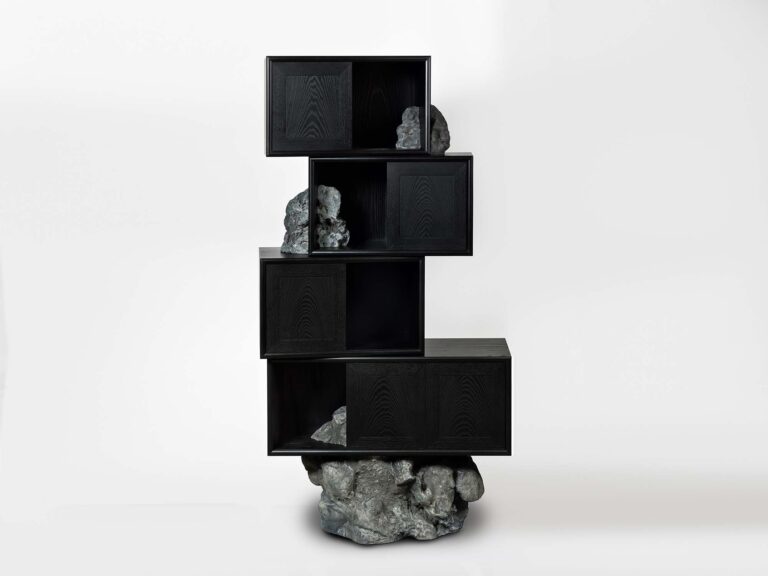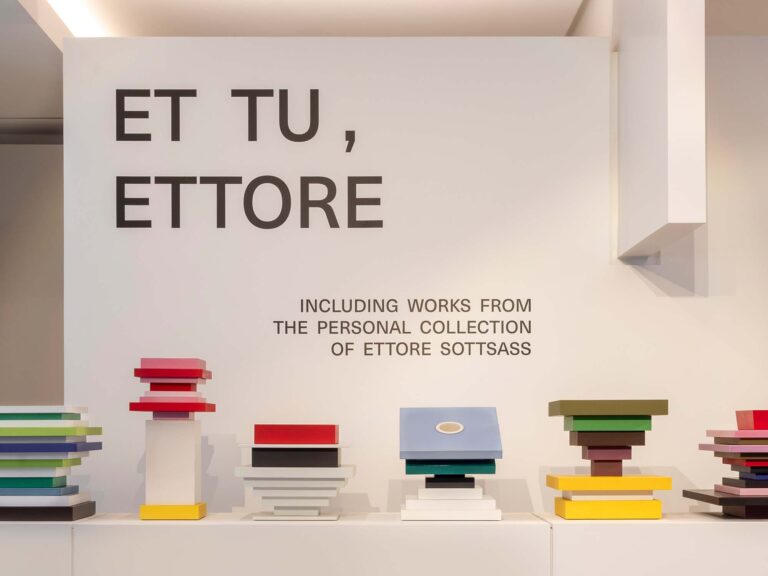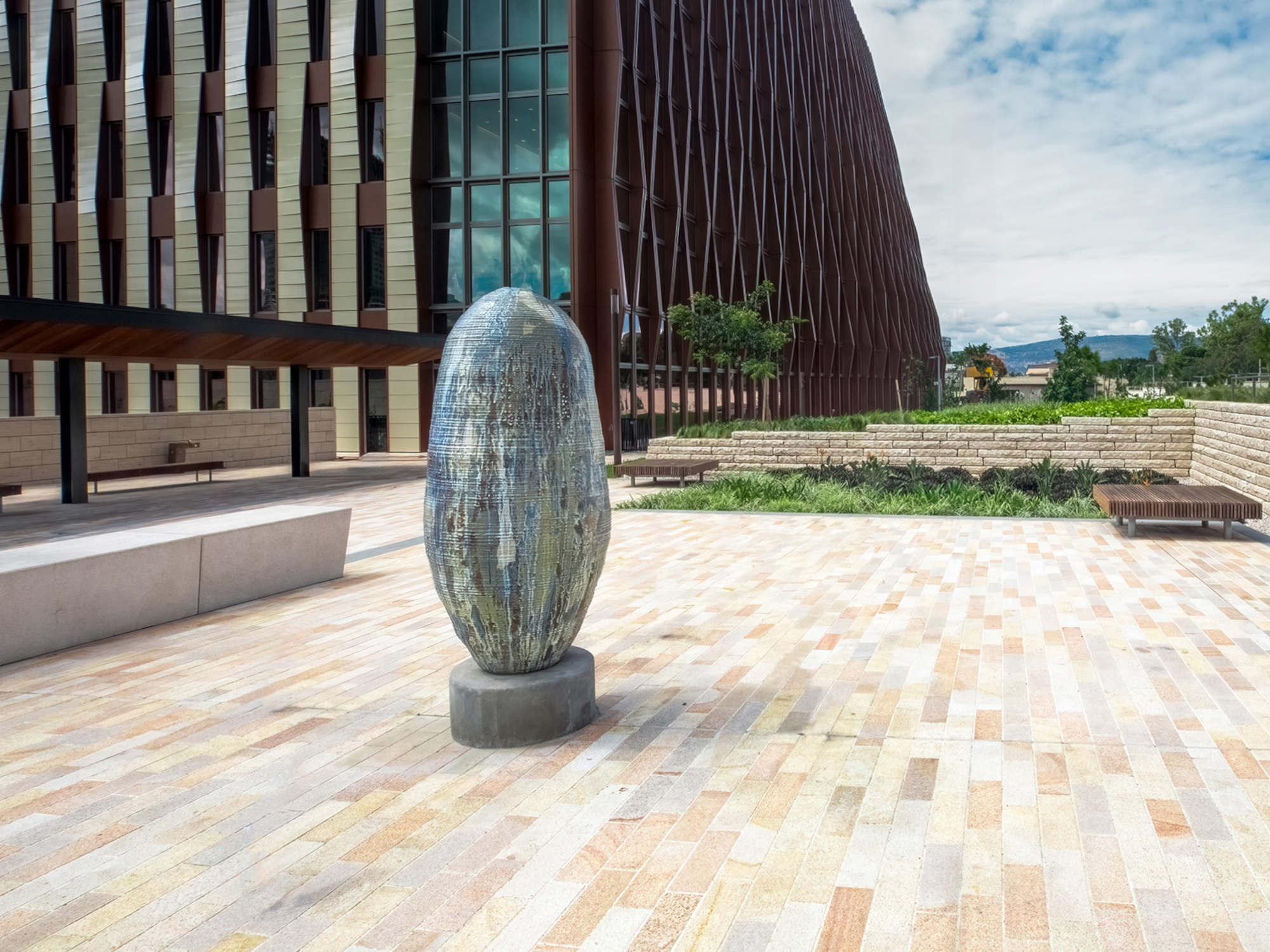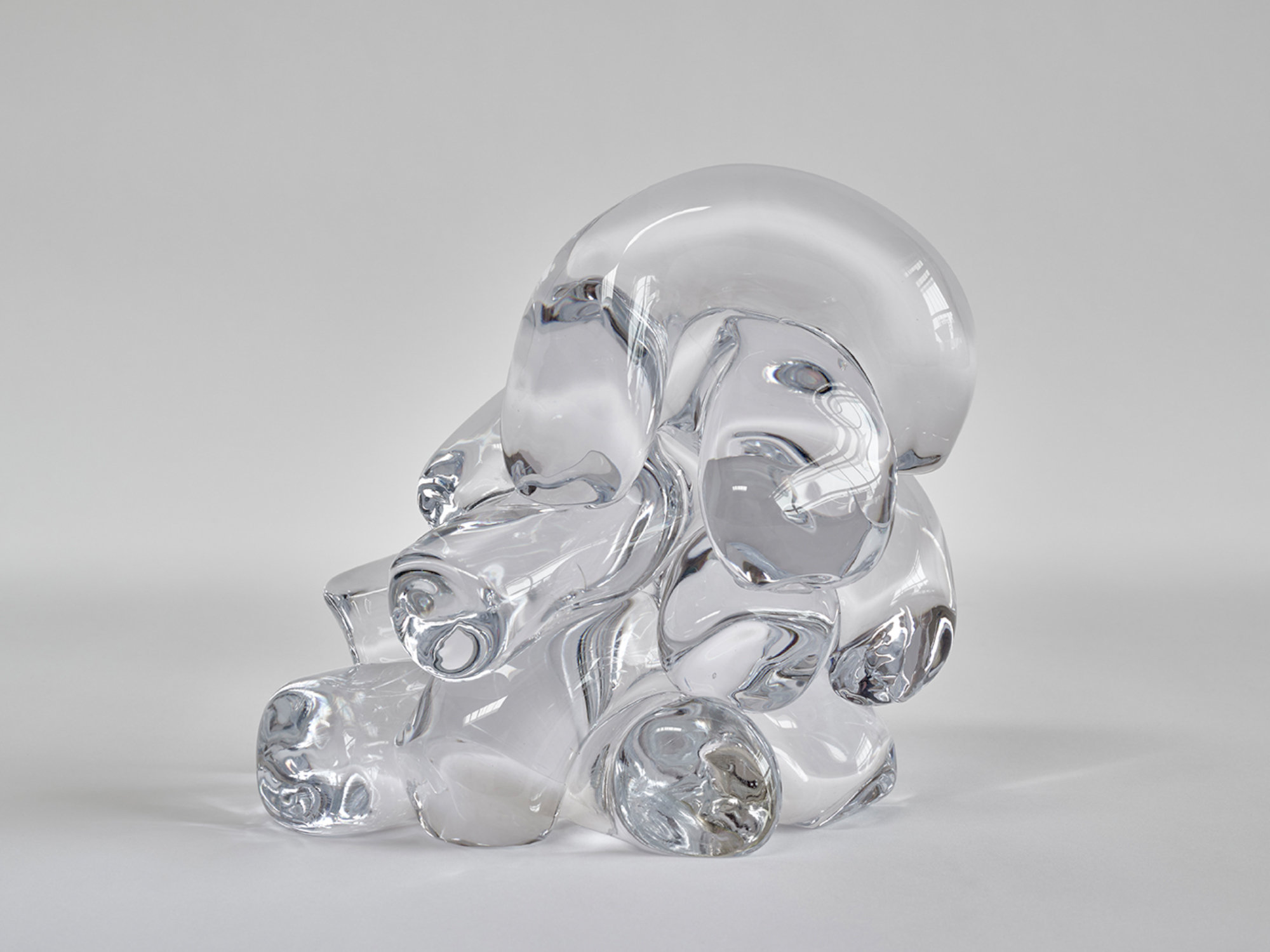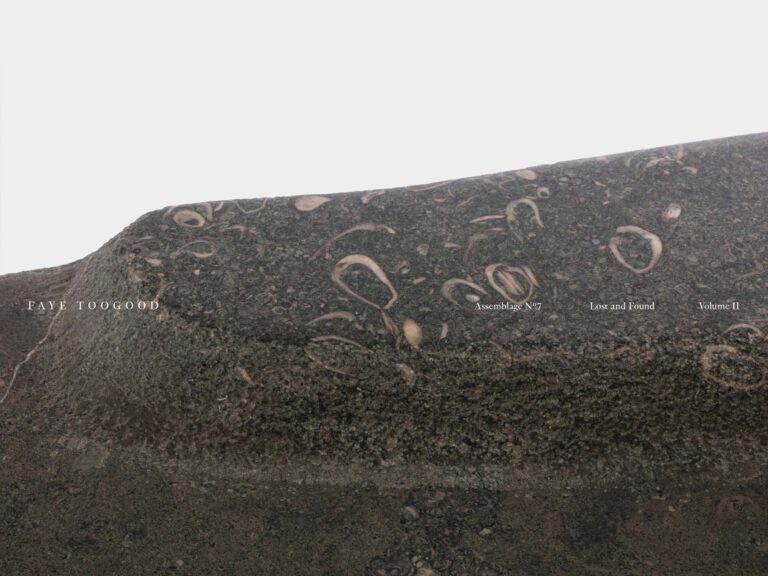By Rosa Bertoli
A new exhibition at the Museum of Modern Art in Rio de Janeiro (MAM Rio) pays tribute to the 35-year career of brothers Fernando and Humberto Campana. Titled ‘Campana Brothers – 35 Revolutions‘, the major exhibition is a celebration of the incredible work by the duo, whose creative voice stretches far beyond the realms of design. In three and a half decades, the pair have produced works that merge the worlds of craftsmanship, furniture and social outreach, pop influences and the everyday vernacular in ways that have made the studio’s pieces some of the most iconic of contemporary design.
‘Campana Brothers – 35 Revolutions’
Taking over 1,800 sq m on the second floor of Brazilian architect Affonso Eduardo Reidy’s modernist building, this new show chronicles this history through a scenographic environment. The showcase has been designed by the studio in collaboration with local non-profit Spectaculu School of Art and Technology and curated by Francesca Alfano Miglietti, featuring the impressive archive, new launches and immersive installations.
At the entrance, a wall featuring 1,600 terracotta bricks shaped like an open hand (a nod to traditional Brazilian architecture) greets visitors and conceals the vast display. Inside, the exhibition floor is punctuated by over a hundred columns lined with piassava straw, dividing the space and the studio’s archives into loose themes such as Love, Dreams and Time, each represented by a selection of their most iconic furniture. All of their big hits are included, from the Cadeira Vermelha, the red rope chair inspired by traditional Brazilian Weaving and edited by Edra, to the unmissable chairs composed of stuffed toys (from Disney characters to the figures made by American artist Kaws).
‘Campana Brothers: 1985 – now
The exhibition highlights the brothers’ unique approach to design, and their revolutionary way of embedding local vernacular, craftsmanship, diverse points of view and contemporary thinking into their work. Each piece has a story – some demonstrate their efforts to work with and support local communities, some are a more whimsical example of their design brilliance.
‘One time we sent our Bubble Wrap Chair, made of sheets of bubble wrap secured by rivets, attached to a steel base, to an exhibition in Rio,’ Fernando and Humberto recall. ‘The chair was packed in a box in bubble wrap and shipped to the venue. When we arrived to check on the exhibition, the chair was absolutely destroyed. The crew who received it kept on peeling off the sheets, looking for the chair! Luckily it was an easy fix, as all we had to do was run to the office supplies store and replace the plastic sheets.’
When quizzed about the most important moment of their career, the pair has no doubt: it was their international debut, in 1998, at the Paola Antonelli-curated Projects 66 exhibition. ‘We shared the space with Ingo Maurer, already an established figure, who was incredibly generous with us, newcomers, creating a beautiful dialogue between North and South hemispheres through design,’ they explain. They have certainly come a long way since, with a plethora of overlapping projects and initiatives which have made their studio one of the most interesting operations existing in design today.
Campana Brothers: the future and social programs
‘After 35 years, we still have a daily goal to keep the studio ahead of the curve in the way we think, elaborate and produce design,’ they add. ‘Our next step is to bring our ethos and disruptive approach to support our social design projects with Instituto Campana.’ This eponymous NGO was founded in 2009, with the aim of using design ‘as a transformation tool through social and educational programs’. Their goal for the future, they explain, is to join forces with organisations to offer new skills to local communities, assisting them to start their own businesses, teaching them about responsible use of materials, while at the same time, in true Campana style, ‘breaking the barriers of visual arts, design and architecture’.
Remaining a priority is the brothers’ commitment to their home country: ‘we hope to help create a more sustainable production chain, diminish the social and economic gap we have in Brazil, and mostly, show people that with a little bit of self-esteem and confidence, they can build their world with their hands.’ Here’s to the next 35 years. §
